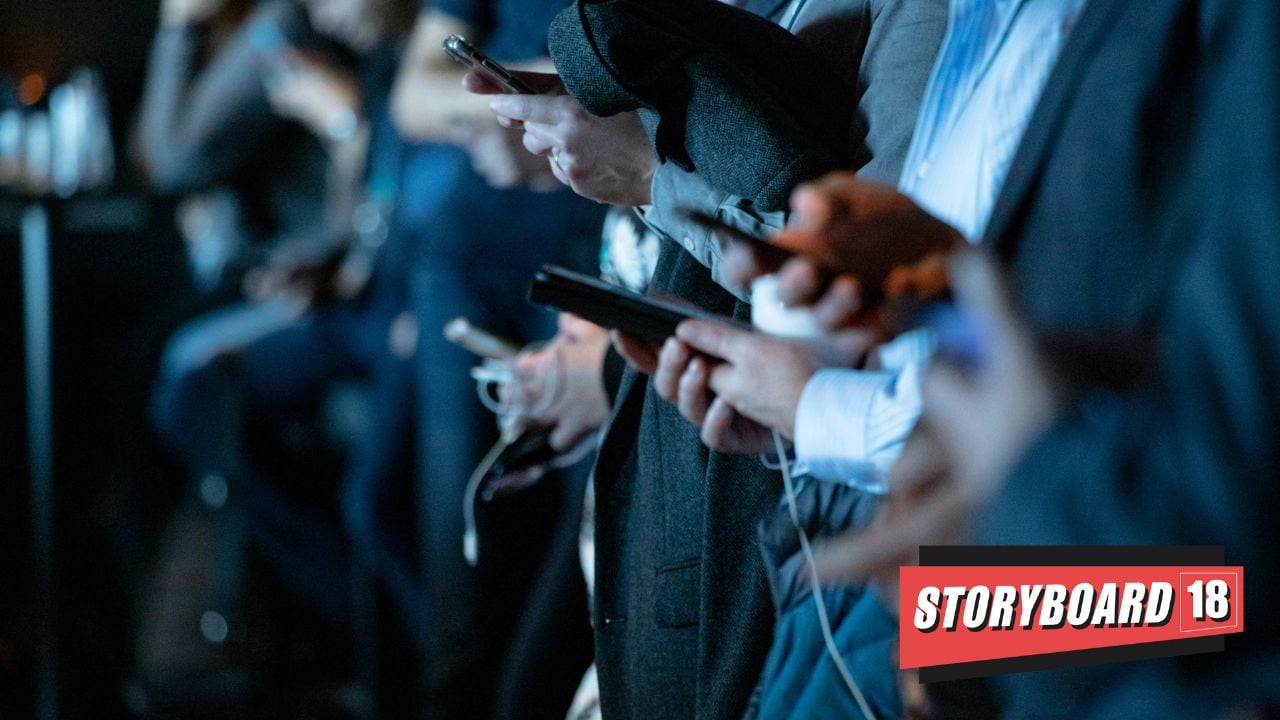LinkedIn thrives on open dialogue, but accessibility can breed oversaturation. Not all voices on the professional networking platform hold equal weight – some offer valuable industry insights, while others may use the platform to promote personal beliefs disguised as professional pronouncements. How can one sort through this information chaos and identify the credible thought leaders?
To recognise experts, LinkedIn offers two “Top Voice” badges: Blue and Gold. The Blue Badge identifies pre-vetted, senior-level leaders across various industries. The Gold Badge recognises community members who consistently contribute valuable insights to collaborative articles on specific skills. Earning either badge requires consistent engagement and high-quality contributions, demonstrating expertise within a particular field.
LinkedIn told Storyboard18, “We determine the top 5 percent of contributors by looking at a variety of factors, including quality, engagement, and quantity of contributions. Quality contributions contain, but are not limited to, personal examples, unique perspectives, and professional opinions. You can earn badges for multiple skills. One badge will be shown on your profile; you may choose which badge is displayed if you have multiple. There is no limit to the number of skills for which you can earn a badge. Maintaining this badge depends on our members’ willingness to continually share relevant and valuable insights.”
However, not everyone agrees with LinkedIn’s recipe for a Top Voice. LinkedIn’s Top Voice selection has its critics.
According to Rammohan Sundaram, President – Integrated Media at DDB Mudra Group, LinkedIn’s game requires constant performance, not genuine expertise.
He recently relinquished his “Top Brand Management Voice” badge on LinkedIn after noticing multiple profiles adorned with similar badges. In a LinkedIn post, Sundaram shared how it dawned on him that the system gamified engagement by playing on people’s desire for validation.
LinkedIn cleverly tapped into the human need, but it wasn’t aligning with his goals. Three months passed with Sundaram silent on LinkedIn, and then, just like that, the badge was gone. This disappearance confirmed his suspicions: maintaining the badge seemed to require a specific posting frequency, even if the topics themselves didn’t resonate with him.
Then there is Shitiz Dogra, Associate Director, Digital Marketing at Indigo who highlights that a wave of plagiarism, dubbed “CVWS” (Ctrl V Without Shame) by some, is sweeping across LinkedIn. This practice involves copying and pasting content from other sources without attribution. While plagiarism isn’t new online, the current trend appears to involve even established influencers with large followings (over 50,000). Many users are reporting instances of their content being repurposed without credit, with some experiencing this up to four times in the past month,” he states in a LinkedIn post.
According to Dogra, attempts to confront these plagiarizers often go unanswered, highlighting a lack of accountability. Dogra points out that while engagement is important, it shouldn’t come at the expense of ethical behaviour. Proper attribution should be given to the original content creators.
LinkedIn clarified to Storyboard18, “Over the past 10 years, LinkedIn has become a living body of knowledge – where anyone can contribute and everyone can benefit. It’s a place where anyone can share expertise and build a meaningful community. When our members talk, trade ideas and share insights, more people around the world connect to opportunity.”
The platform added, “Members on the platform have the ability to earn one of two versions of Top Voices badges on their profile, either as part of the LinkedIn Top Voices (Blue Badge) or the Community Top Voice (Gold Badge) programmes. The Community Top Voices programme is separate from the invitation-only Top Voices programme, which has different criteria.”
The blue LinkedIn Top Voice badge is ‘invite-only’ featuring a global group of senior-level experts and leaders covering a range of topics across the professional world, helping members uncover valuable knowledge relevant to them. These individuals are not only trusted and active but also among the most impactful voices in their fields, regularly vetted to ensure they continue to meet the high standards that align with the interests of our members, states LinkedIn.
As per LinkedIn, “The gold Community Top Voice badge recognises noteworthy contributors who share their expertise and experience in a specific skill or skills through contributions to collaborative articles (for example, Top Sales Voice). You can earn a Community Top Voice badge when members find you to be one of the most noteworthy contributors to collaborative articles for a particular skill. To earn a badge, you’re typically in the top 5 percent of contributors and one of the first 2,500 badge holders for a particular skill.”
